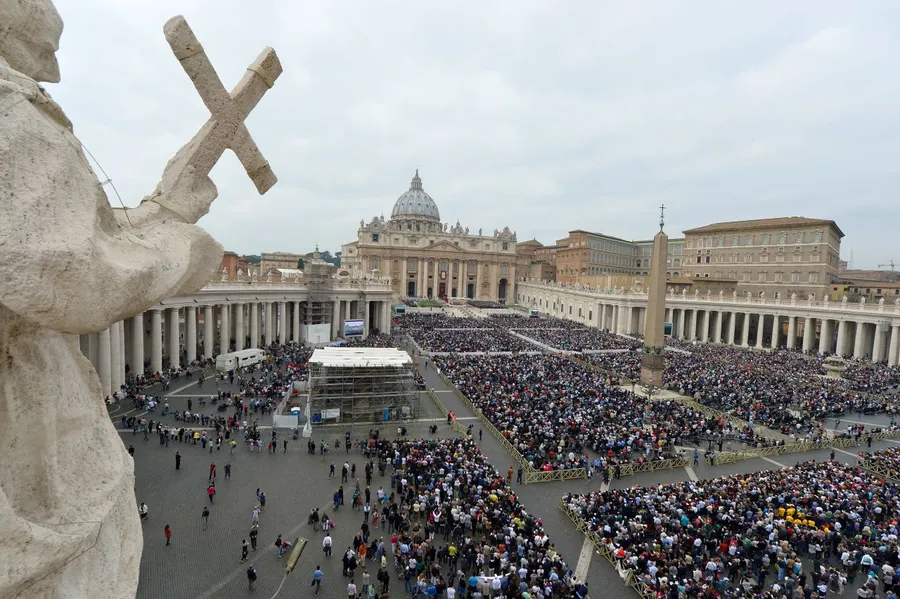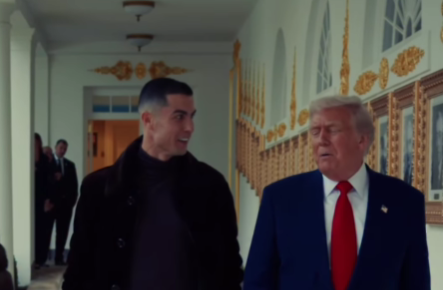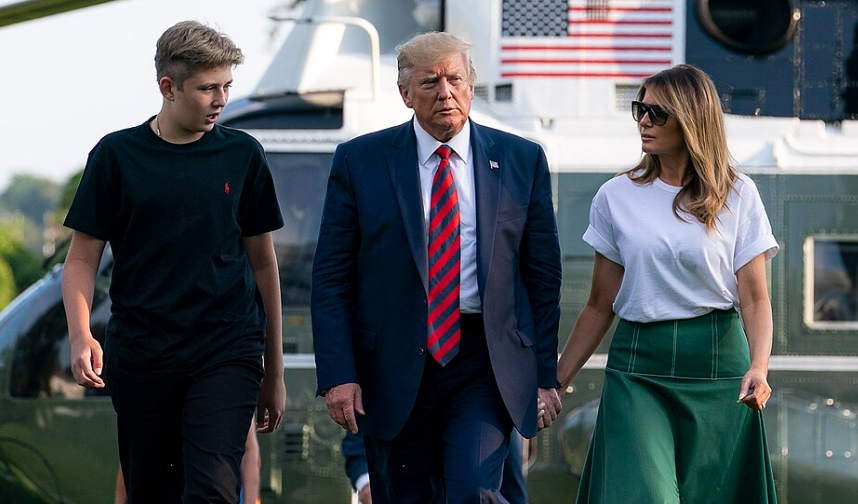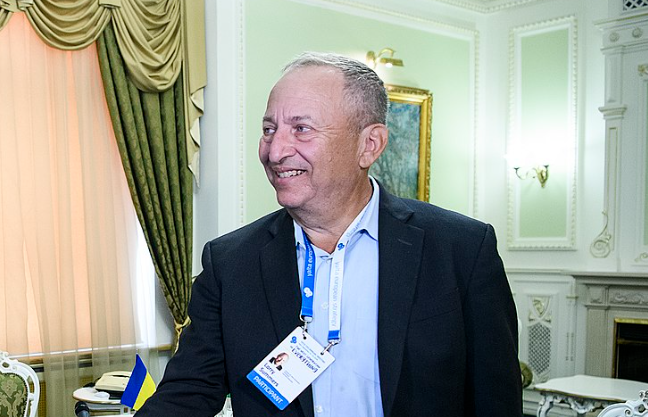What role does secrecy play in the Papal Conclave 2025 to ensure a fair election?
The Vatican is buzzing with anticipation. Inside the Sistine Chapel, 133 cardinals from around the world are meeting for the second day of a secretive process to choose the next pope.
This event, called the Papal Conclave 2025, follows the death of Pope Francis on April 21, 2025.
The cardinals, all under 80 years old, are tasked with selecting the 267th leader of the Catholic Church.
With no clear favorite and a diverse group of voters, the outcome is uncertain, making this one of the most unpredictable conclaves in history.
Papal Conclave 2025: A Global Gathering of Cardinals
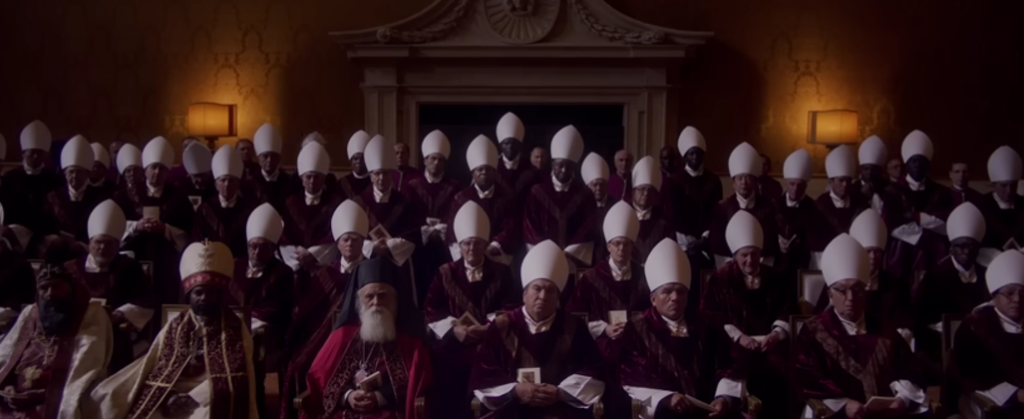
The cardinals come from 70 countries, including places like Haiti, Rwanda, and Myanmar, reflecting Pope Francis’ efforts to make the Church more global.
Of the 133 electors, 108 were appointed by Francis, which means his influence looms large. The group includes 53 Europeans, 23 Asians, 18 Africans, and others from North, South, and Central America, as well as Oceania.
This diversity brings different perspectives, but it also means many cardinals don’t know each other well. Swedish Cardinal Anders Arborelius noted that this could make the voting process longer, as electors need time to build trust and discuss priorities.
The conclave began on May 7, 2025, after a morning Mass in St. Peter’s Basilica. The cardinals then walked in a solemn procession to the Sistine Chapel, where they took an oath of secrecy.
No phones, internet, or outside contact is allowed to ensure the process remains private. After the first day, black smoke rose from the chapel’s chimney, signaling no pope had been chosen.
The cardinals are now back for another day of voting, with two rounds in the morning and two in the afternoon.
The Voting Process Explained
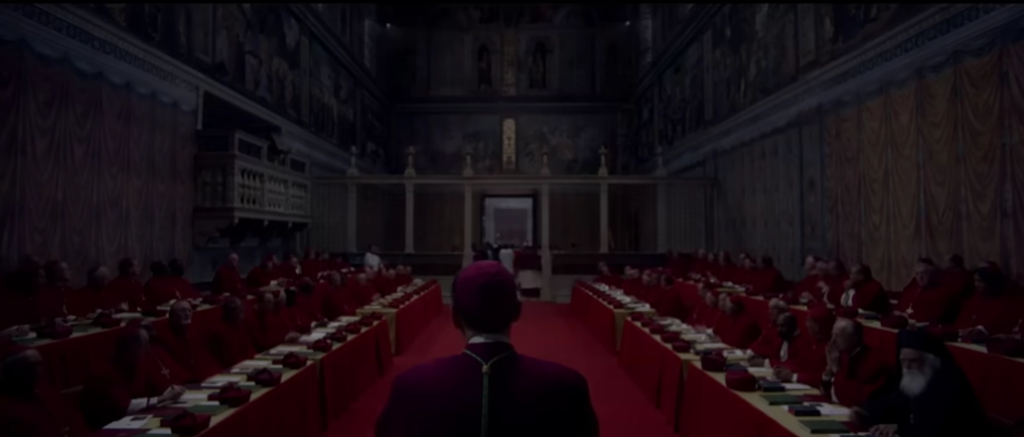
The election requires a two-thirds majority, meaning at least 89 votes for one candidate. Each cardinal writes a name on a ballot, folds it, and places it in a special urn.
Three cardinals, chosen randomly, count the votes, while others verify the results. If no one gets enough votes, the ballots are burned with chemicals to produce black smoke.
When a pope is elected, white smoke will signal success, and the new pope will appear on the balcony of St. Peter’s Basilica to greet the world.
Some names mentioned as possible candidates include Cardinal Pietro Parolin from Italy, seen as a steady leader, and Cardinal Luis Antonio Tagle from the Philippines, known for his progressive views.
However, surprises are common in conclaves. In 2013, few expected Jorge Mario Bergoglio to become Pope Francis.
The cardinals are not just choosing a leader but also deciding the Church’s future direction—whether to continue Francis’ focus on inclusivity or shift to a more traditional path.
Challenges and Hopes for the Future
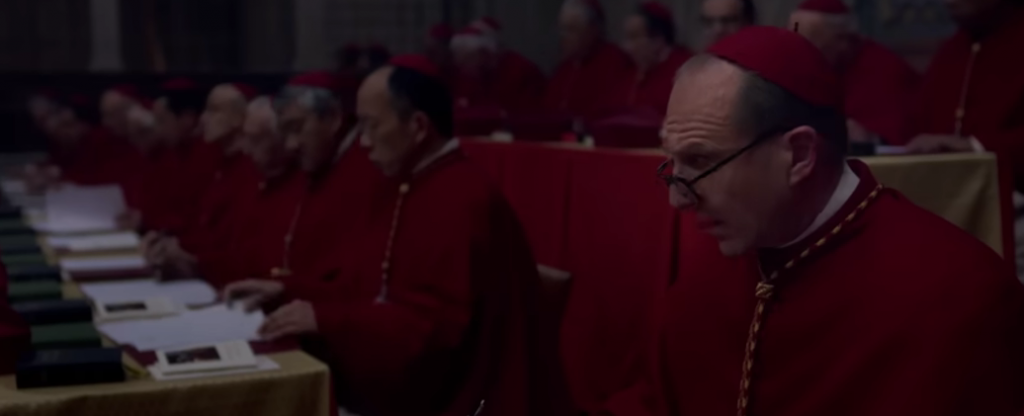
The Catholic Church faces many challenges, from financial struggles to past scandals and debates over issues like women’s roles and outreach to marginalized groups.
The cardinals have been discussing these topics in meetings since April 22, trying to agree on what qualities the next pope needs.
Some, like German Cardinal Walter Kasper, hope for a leader who follows Francis’ vision of mercy and openness. Others want a return to stricter traditions.
As the conclave continues, the world watches St. Peter’s Square, waiting for white smoke. The process could take days, but the cardinals are under pressure to avoid a long delay, which might suggest deep divisions.
For now, the Papal Conclave 2025 remains a sacred and mysterious event, blending ancient rituals with the modern challenges of leading 1.4 billion Catholics worldwide.
You might also want to read: ‘Pope Trump’ Goes Viral After AI Post! Trump’s Papal Image Sparks Succession Buzz
